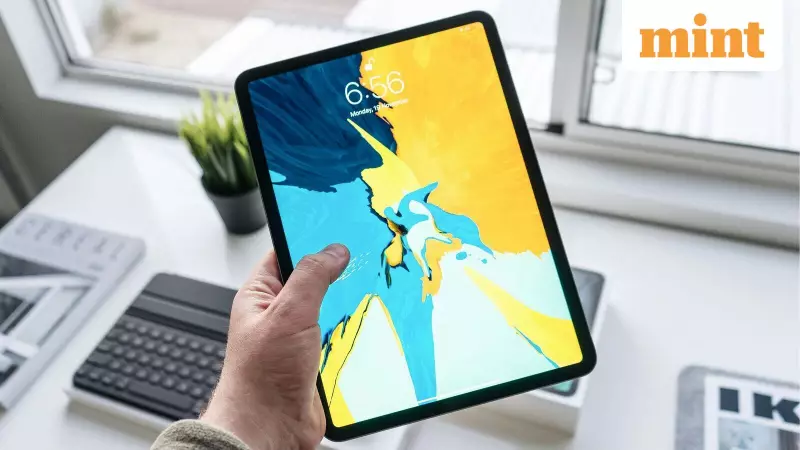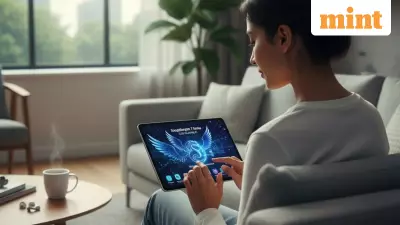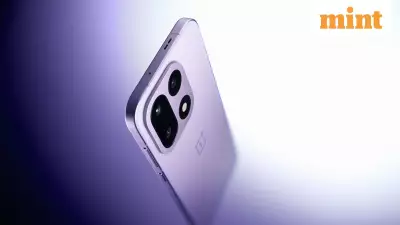
Your tablet has become an essential companion for work, education, entertainment, and daily tasks. However, many users unknowingly follow charging practices that significantly reduce their device's battery lifespan. Understanding these common errors can help you maintain your tablet's performance for years to come.
The Hidden Dangers of Overnight Charging
Many Indian tablet owners leave their devices plugged in overnight, assuming it's convenient and harmless. This habit creates a phenomenon called trickle charging, where the charger continuously sends small power bursts to maintain 100% battery level. This process generates heat and puts long-term stress on the battery.
While modern tablets handle this better than older models, regular overnight charging still accelerates battery degradation. The constant high voltage at full capacity wears down the battery's chemical components faster than normal aging.
Better alternative: Unplug your tablet once it reaches 100% charge. Battery experts recommend maintaining charge levels between 20% and 80% for optimal long-term health. If you must charge overnight, consider using smart plugs with timers or charging during daytime hours.
Why Complete Battery Drain Damages Your Device
Allowing your tablet to completely discharge to 0% before recharging is another common mistake that severely impacts battery longevity. When your tablet shuts down at 0%, it actually retains a small power reserve to protect the battery. However, if left unused after shutdown, this reserve eventually depletes completely.
Complete drainage makes the battery's internal chemistry unstable, sometimes making it impossible to recharge. This explains why tablets, gaming consoles, and other electronics that have been neglected for extended periods often fail to power on.
Protective measures: Avoid letting your battery level drop below 20%. If you plan to store your tablet unused for several weeks, charge it to approximately 50% before turning it off completely.
The Risks of Using Cheap, Non-Certified Chargers
In India's price-sensitive market, many consumers opt for inexpensive, non-branded chargers to save money. These budget chargers often deliver uneven or insufficient power, forcing your tablet's battery to work harder and generate excess heat.
When charger wattage doesn't match your tablet's requirements, it can cause slow charging, device overheating, or circuit overload. The fluctuating voltage from uncertified chargers also degrades battery chemistry much faster than official chargers.
Safe charging solution: Always use certified chargers, such as USB-PD compatible models or official brand chargers from your tablet's manufacturer. These include built-in protection systems that safeguard your device from power surges and overheating incidents.
By avoiding these common charging mistakes and adopting better practices, you can significantly extend your tablet's battery life and maintain its performance through years of daily use.





